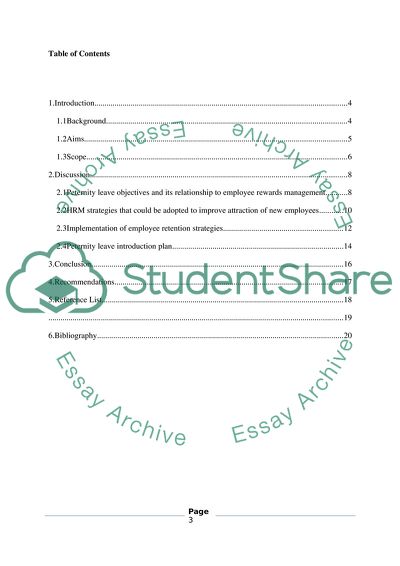Cite this document
(Paternity Leave Trend Assignment Example | Topics and Well Written Essays - 3500 words, n.d.)
Paternity Leave Trend Assignment Example | Topics and Well Written Essays - 3500 words. Retrieved from https://studentshare.org/human-resources/1727349-human-resource-management
Paternity Leave Trend Assignment Example | Topics and Well Written Essays - 3500 words. Retrieved from https://studentshare.org/human-resources/1727349-human-resource-management
(Paternity Leave Trend Assignment Example | Topics and Well Written Essays - 3500 Words)
Paternity Leave Trend Assignment Example | Topics and Well Written Essays - 3500 Words. https://studentshare.org/human-resources/1727349-human-resource-management.
Paternity Leave Trend Assignment Example | Topics and Well Written Essays - 3500 Words. https://studentshare.org/human-resources/1727349-human-resource-management.
“Paternity Leave Trend Assignment Example | Topics and Well Written Essays - 3500 Words”, n.d. https://studentshare.org/human-resources/1727349-human-resource-management.


